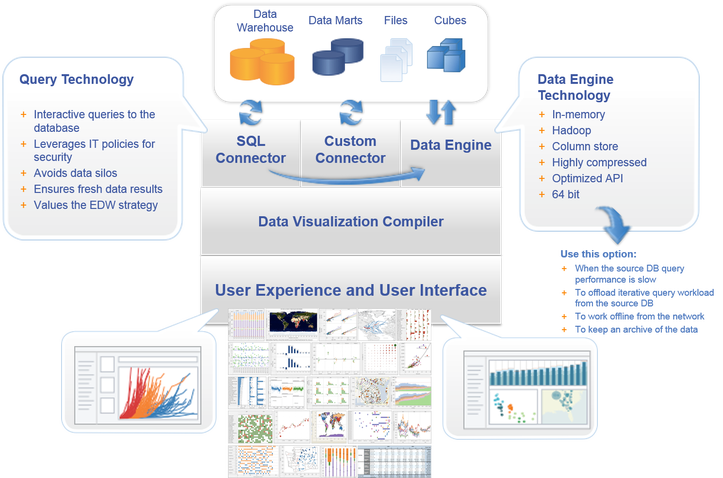Data visualization
Data visualization is viewed by many disciplines as a modern equivalent of visual communication. It involves the creation and study of the visual representation of data. To communicate information clearly and efficiently, data visualization uses statistical graphics, plots, information graphics and other tools.Sample Architecture

